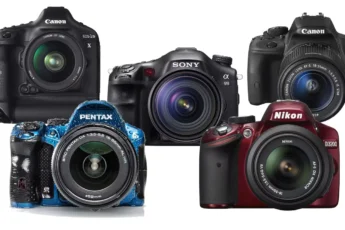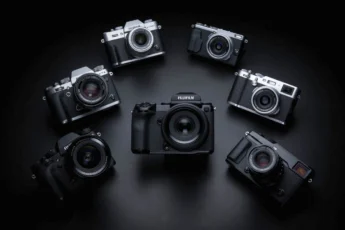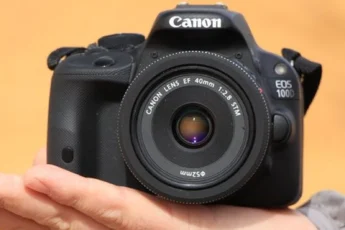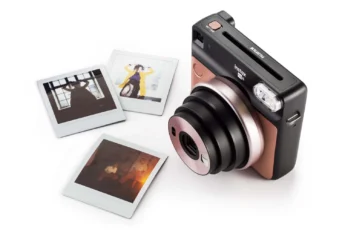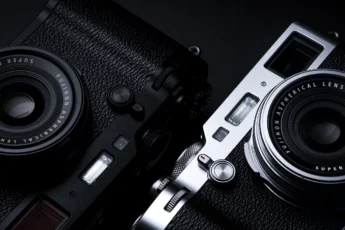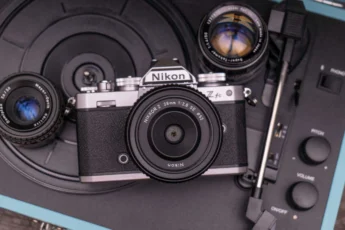Point-and-shoot cameras have come a long way in recent years. Once viewed as basic, entry-level cameras, the best point-and-shoots today offer impressive capabilities that rival even high-end mirrorless and DSLR cameras. With large sensors, bright lenses, full manual controls, and 4K video, they make a compelling option for travelers, vloggers, and anyone who wants top-notch image quality without the bulk of an interchangeable lens model.
In this ultimate guide, we’ll provide an overview of point-and-shoot camera technology and how it has evolved over time. We’ll discuss the significance these cameras have today and highlight some of the best options for 2024. Whether you’re an aspiring photographer looking to step up from your smartphone or a seasoned pro needing a capable compact camera, there’s a point-and-shoot that will fit your needs.
- Overview of Point-and-Shoot Cameras
- Evolution of Point-and-Shoot Technology
- Significance of Point-and-Shoot Cameras
- TOP 3 Point-and-Shoot Cameras in 2024
- Sony α7 IV
- Features and Capabilities
- Advantages for Photography
- Panasonic LX10
- Notable Features and Specifications
- Advantages over Smartphone Cameras
- Sony ZV-1
- Video and Photography Capabilities
- Comparison with Main Pick
- Understanding the Value of Point-and-Shoot Cameras
- Benefits of Using Point-and-Shoot Cameras
- Advantages Over Smartphone Cameras
- Limitations and Considerations
- The Future of Point-and-Shoot Cameras
- Market Trends and Consumer Preferences
- Impact of Smartphone Integration
- Potential Innovations and Developments
- Conclusion
Overview of Point-and-Shoot Cameras
Point-and-shoot cameras, also known as fixed-lens or compact cameras, are designed to be simple and easy to use. As their name suggests, you simply point the camera at your subject and shoot. There are very few manual controls or interchangeable lenses. This makes them small, light, and ideal for casual shooting.
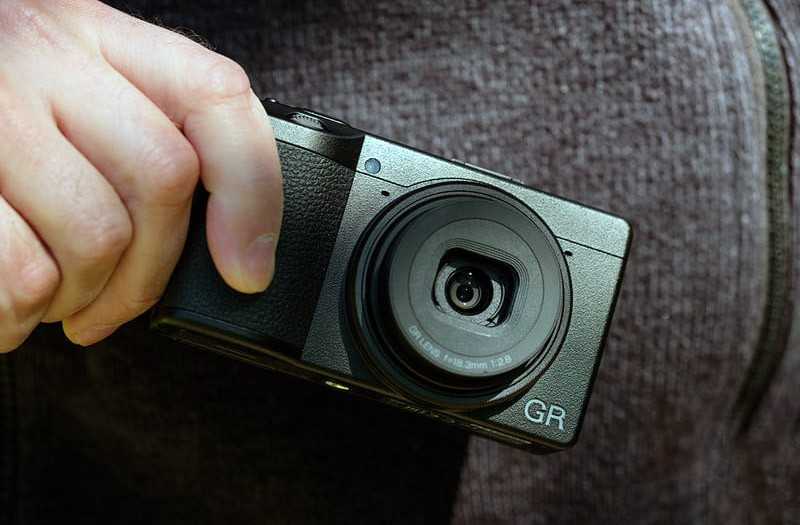
Earlier point-and-shoot cameras relied on very small image sensors that produced adequate but uninspiring photos and videos. They generally had limited features beyond a basic auto mode and digital zoom. However, thanks to advancements in sensor and processing technology, today’s point-and-shoots rival and even surpass entry-level interchangeable lens cameras.
Evolution of Point-and-Shoot Technology
In the early days of digital photography, point-and-shoot cameras used very small 1/2.5-inch sensors with resolutions of 5 or 10 megapixels. Images were OK for small prints or web viewing but lacked detail for larger prints or creative editing.
Around 2010, manufacturers began incorporating larger 1-inch and APS-C sensors into fixed lens cameras. These offered much better image quality on par with entry-level mirrorless models. High-end compacts also started boasting features like full manual exposure controls, RAW shooting, fast burst rates, and high-quality 4K video.
Recent years have seen further improvements as computational photography and AI processing provide even more sophisticated auto-shooting modes. Large lens apertures give you that artistic background blur. Meanwhile, new vlogging-friendly options include vari-angle touchscreens, microphone inputs, and live streaming.
Significance of Point-and-Shoot Cameras
Even with the rise of smartphone photography, point-and-shoot cameras remain incredibly useful tools. They bridge the gap between mobile devices and interchangeable lens cameras. Point-and-shoots excel at providing top-notch image quality in a compact and convenient form factor.
For many buyers, they strike an ideal balance of portability, features, and price. You can slip them into a pocket or bag when an SLR would be too bulky. This makes them great for vacations, day trips, parties, concerts, and other events where you want to travel light but still get impressive photos and videos.
TOP 3 Point-and-Shoot Cameras in 2024
Sony α7 IV
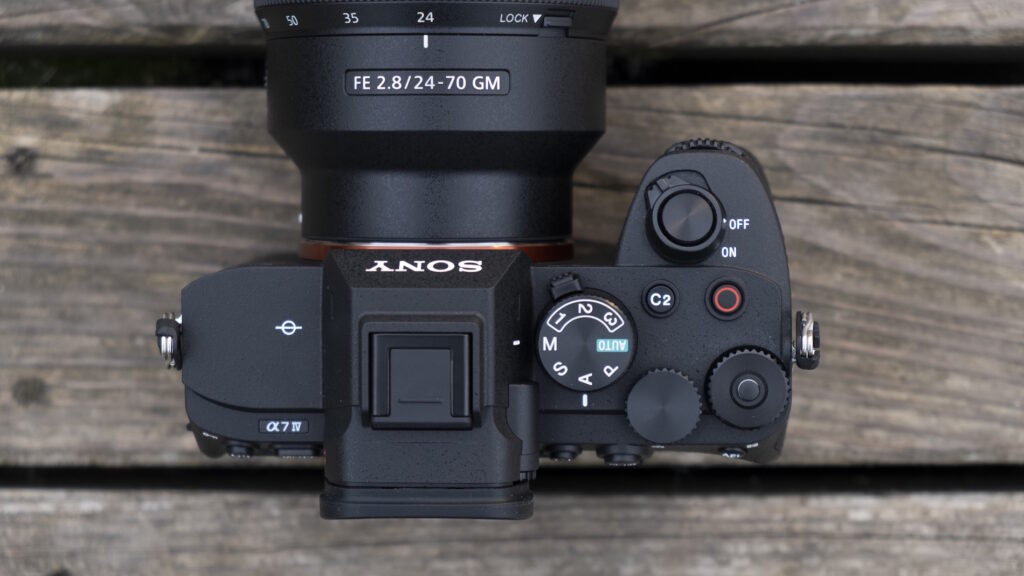
Features and Capabilities
The Sony α7 IV tops our list as the best point-and-shoot camera for 2024. This versatile mirrorless camera packs incredible imaging capabilities into a portable body with a fixed lens. It’s equipped with a 33MP full frame Exmor R CMOS sensor and the latest BIONZ XR image processor.
Together, these deliver outstanding resolution, dynamic range, and low noise across a wide ISO range. The sensor also provides fast sensor-based phase detection autofocus covering almost the entire frame. This enables accurate focus and tracking on moving subjects even during bursts of up to 10 fps.
Advantages for Photography
For photography, the α7 IV leverages its sensor and processor to provide gorgeous image quality with rich tonality and detail. Enhanced auto-exposure reliably nails exposure in challenging lighting. In-body 5-axis stabilization smooths hand shake for crisp shots. The touchscreen interface also makes changing settings quick and intuitive.
Panasonic LX10
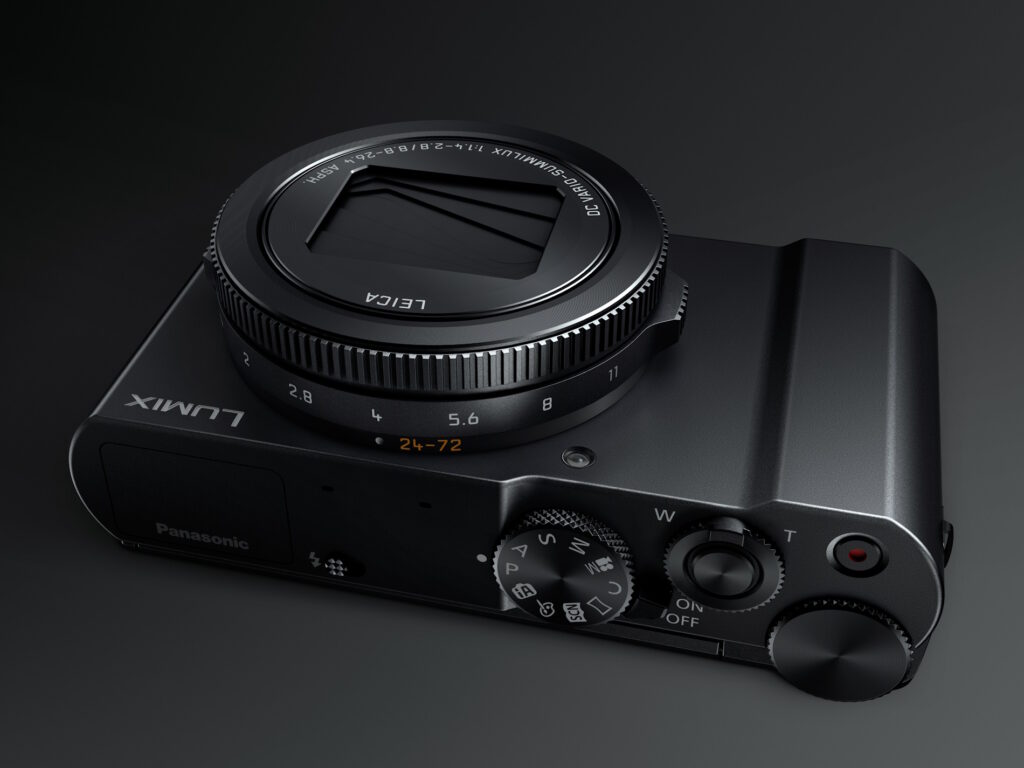
Notable Features and Specifications
Panasonic’s LX10 is a great mid-range point-and-shoot that punches above its class. It carries a 20MP 1-inch sensor capable of beautiful 4K video and photos even in low light. This pairs with a built-in 24-72mm equivalent f/1.4-2.8 zoom lens with an aperture ring for direct setting control.
For composing and reviewing your shots, there’s a sharp 3-inch tilting touchscreen display and a 2.36M-dot electronic viewfinder. Autofocus utilizes Panasonic’s lightning-fast DFD technology for speeds up to 50 fps with AFC. This makes capturing action a breeze. The LX10 also has a full range of manual exposure controls.
Advantages over Smartphone Cameras
Compared to even high-end smartphone cameras, the LX10 provides a more powerful 24-72mm zoom range, much faster focus speeds, superior image stabilization, and the ability to tweak settings manually. Its larger sensor captures higher resolution with better dynamic range and background blur when needed.
Sony ZV-1
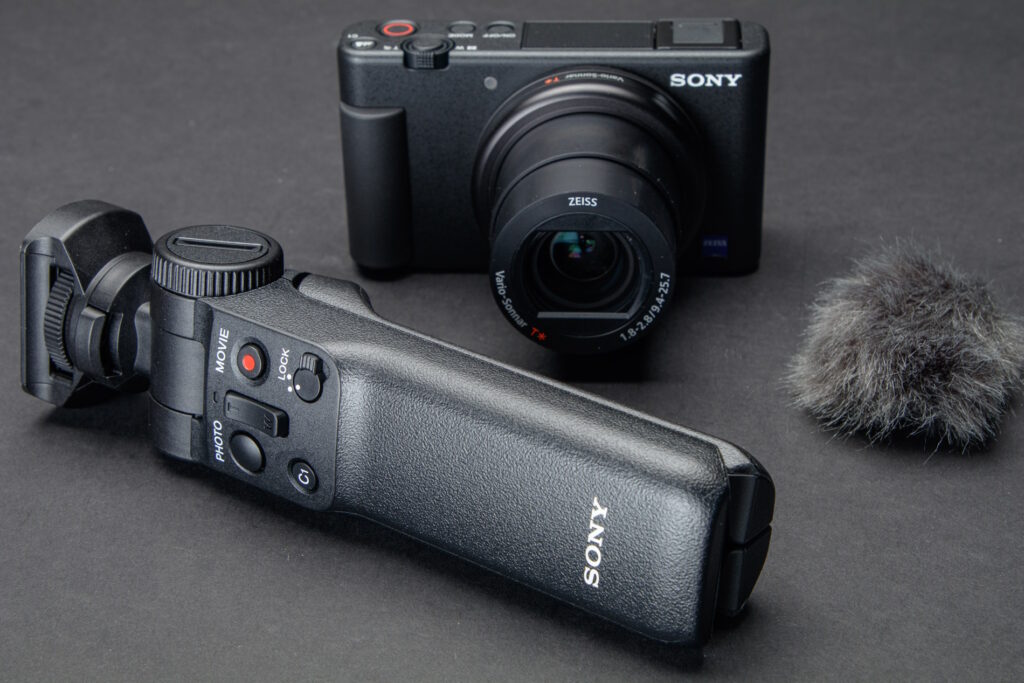
Video and Photography Capabilities
Designed specifically with vlogging and content creation in mind, Sony’s ZV-1 packs an impressive set of features into a compact point-and-shoot body. It carries a 20MP 1-inch Exmor RS sensor and BIONZ X processor for sharp, vivid 4K video and stills.
The ZV-1 provides a 24-70mm equivalent F1.8-2.8 zoom and SteadyShot stabilization for smooth handheld shooting. Autofocus and auto-exposure have been optimized for video with fast, seamless subject tracking and exposure transition during filming. The directional 3-capsule mic also captures clear audio matched to the shooting angle.
Comparison with Main Pick
While the α7 IV offers higher resolution and a full frame sensor, the ZV-1 provides a more tailored video experience. Its screen fully rotates for selfie-style shooting, microphone is optimized for sound recording, and UI is streamlined. The ZV-1 also costs significantly less while still delivering excellent 4K footage.
Understanding the Value of Point-and-Shoot Cameras
Benefits of Using Point-and-Shoot Cameras
Compared to smartphones and interchangeable lens cameras, point-and-shoots offer unique advantages that make them valuable for certain users and applications.
Key benefits include:
- Light and compact for portability.
- Capable imaging and video performance.
- Intuitive, user-friendly operation.
- Lower cost than mirrorless or DSLR options.
For many buyers, point-and-shoots strike the right balance of image quality, features,
Advantages Over Smartphone Cameras
While smartphone cameras keep improving, point-and-shoots maintain key advantages:
- Larger image sensors for less noise, richer tonality, shallower depth of field.
- Higher resolution and dynamic range.
- More powerful optical zoom vs digital zoom.
- Faster autofocus and burst shooting capabilities.
- Improved image stabilization for sharp handheld shots.
- Ability to shoot uncompressed RAW images.
- More advanced settings control and manual modes.
For semi-professional use or print output, point-and-shoots simply provide higher imaging performance and flexibility compared to mobile devices.
Limitations and Considerations
However, point-and-shoots do come with some limitations to weigh:
- No option to change lenses like interchangeable lens cameras.
- Generally fewer features than high-end mirrorless models.
- Smaller sensors than full frame cameras limit extreme low light performance.
- Requires carrying a separate camera instead of only a smartphone.
Advanced hobbyists may desire the creative flexibility of detachable lenses, while professionals likely require the no-compromise image quality provided by larger formats. But for most casual shooters, point-and-shoots hit a sweet spot between portability, image fidelity, and ease of use.
The Future of Point-and-Shoot Cameras
Market Trends and Consumer Preferences
The point-and-shoot market declined over the past decade as smartphones largely replaced low-end compacts. However, demand for advanced fixed lens cameras remains strong. Models featuring larger sensors, bright lenses, RAW shooting, and 4K video are resonating with experienced enthusiasts and new users alike.
As smartphones continue improving, point-and-shoots must leverage capabilities like computational photography and connectivity to mobile devices. Integrating new AI-powered shooting modes and streamlined sharing options will help compacts carve out a niche vs increasingly versatile camera phones.
Impact of Smartphone Integration
To complement smartphones instead of compete directly, future point-and-shoots will likely focus on providing a secondary camera solution instead of an all-in-one device. Streamlining transfers to phones and tablets for social sharing will be critical.
At the same time, point-and-shoots will continue leveraging larger sensors, high-quality lenses, and computational imaging to drive photographic performance beyond what mobile devices can offer in a slim form factor. Finding this optimal balance will dictate the category’s longevity and success.
Potential Innovations and Developments
Expect even further expansion of computational photography and videography features powered by faster processors and smarter AI algorithms. These could enable sophisticated real-time editing and effects. New lens materials and sensor fabrication methods may also allow for extending zoom ranges without sacrificing image quality or aperture speed.
Higher resolution displays, phase detection AF covering entire frames, and incredibly fast burst rates point to a bright future for point-and-shoot innovation. As technology progresses, compacts will become even more versatile creative tools.
Conclusion
While they once faced an uncertain outlook, point-and-shoot cameras have carved out an appealing niche between smartphones and interchangeable lens cameras. Top point-and-shoots like the Sony α7 IV, Panasonic LX10, and Sony ZV-1 demonstrate the impressive imaging capabilities now packed into convenient fixed lens bodies.
With portable yet powerful options boasting large sensors, bright optics, lightning-fast operation, and gorgeous 4K video, point-and-shoots deliver outstanding quality for everything from vacations to vlogging. They strike an ideal balance of performance, features and compact size. Expect the category to keep innovating with even more advanced capabilities on the horizon.

